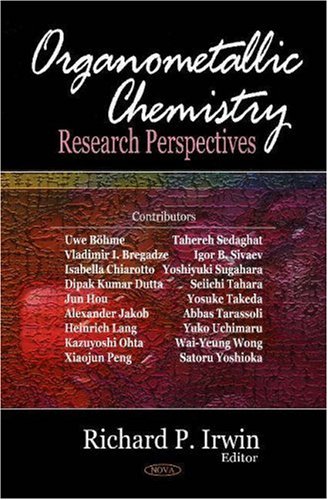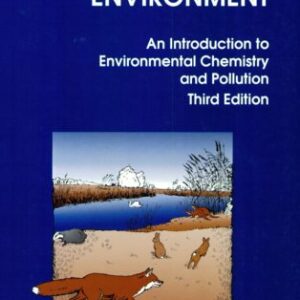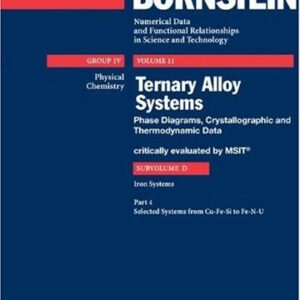Organometallic chemistry is based on the reactions and use of a class of compounds (R-M) that contain a covalent bond between carbon and metal. They are prepared either by direct reaction of the metal with an organic compound or by replacement of a metal from another organometallic substance. Research in organometallic chemistry is also conducted in the areas of cluster synthesis, main-group derivatives in unusual oxidation states, organometallic polymers, unstable organometallic compounds and intermediates in matrices, structure determination of organometallic compounds in the solid state [X-ray diffraction] and gaseous states [electron diffraction], and mechanisms of reactions of transient silylenes and related species.In addition to the traditional metals and semimetals, elements such as selenium, lithium and magnesium are considered to form organometallic compounds, e.g. organomagnesium compounds MeMgI, iodo(methyl)magnesium and diethylmagnesium which are Grignard reagents an organo-lithium compound BuLi butyllithium. Organometallic compounds often find practical use as catalysts, the processing of petroleum products and the production of organic polymers. This book presents leading-edge new research in the field.






Reviews
There are no reviews yet.